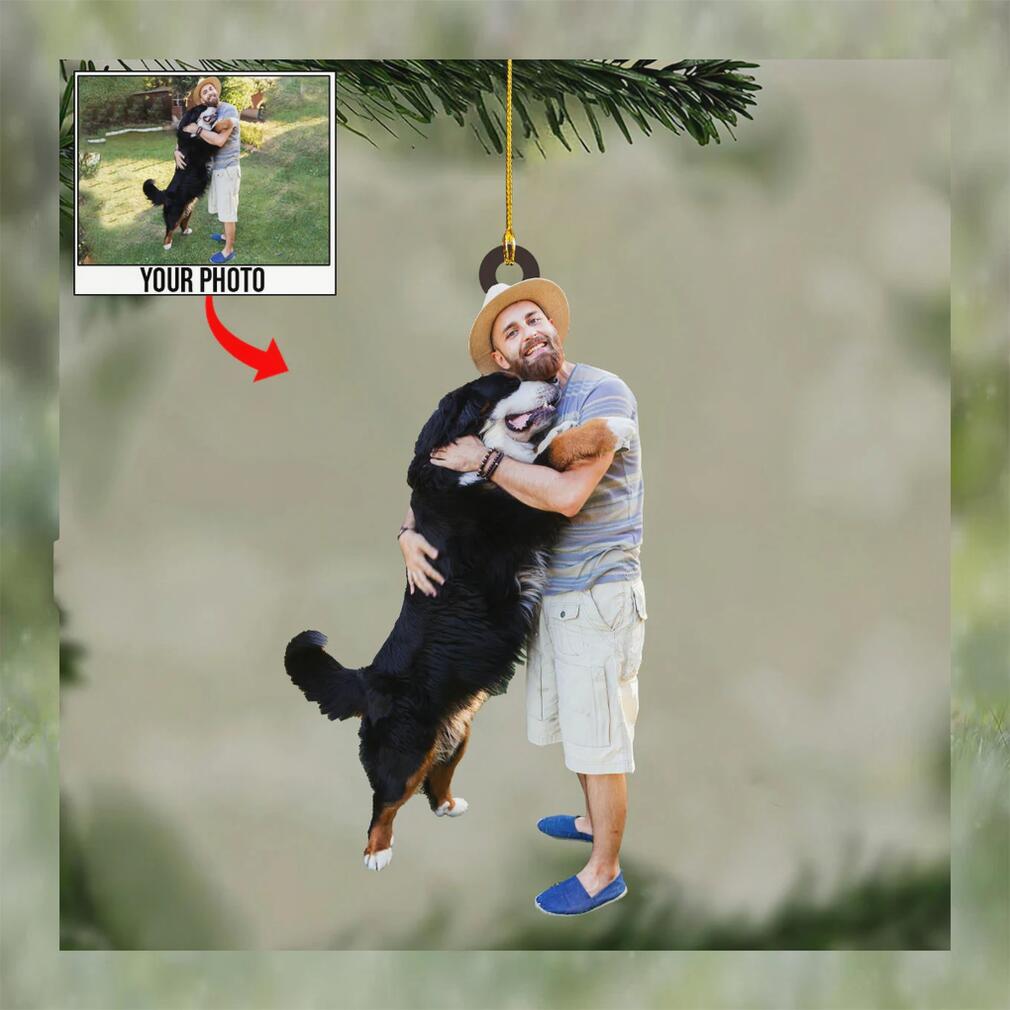Pet Photo Custom Ornament
$24.95 Original price was: $24.95.$15.95Current price is: $15.95.
Pet Photo Custom Ornament
-
5% OFF 2 items get 5% OFF on cart total
-
10% OFF 5 items get 10% OFF on cart total
-
15% OFF 10 items get 15% OFF on cart total
The Pet Photo Custom Ornament new year is known as Chinese new year, and it is normally celebrated around late January to sometime in February. This year it is on the 25th of January 2020 ( depends on the country ). In most of the Asian countries, people celebrate the lunar new year. All most all the Asian countries celebrate it, but you won’t find much for the lunar new year in Japan. The reason why the Japanese don’t celebrate it is told that in 1872, there were intercalary months the new year became 13 months and the government found it hard today wage for 13 months to people, so Japan stopped using lunar calendar and switched to using solar calendar but it still is not sure if that was the reason Japan changed to use solar calendar. Chinese town in Japan, of course, celebrate Lunar new year, and you can see the annual lantern festival in Nagasaki. It used to be a festival only for Chinese people living there to celebrate the lunar new year, but now it became an event for the whole Nagasaki city for people to enjoy the Chinese culture.
 ()
()It is agreed upon this night Christmas, 1827, between the undersigned, that the Pet Photo Custom Ornament of the Tenth Symphony, composed by Ludwig van Beethoven, first born son of Johann and Maria van Beethoven, of the city of Bonn, shall henceforth be the property of Mephistopheles, Lord of Darkness and first fallen from the grace of God. It is also understood that it is his intention to remove any signs of this music from the memory of man for all eternity.
Pet Photo Custom Ornament, Hoodie, Sweater, Vneck, Unisex and T-shirt
Best Pet Photo Custom Ornament
I remember a Pet Photo Custom Ornament memoir — Beasts, Men, and Gods — by Ferdinand Ossendowski, a White Pole who fled the Bolshevik revolution through Siberia. He served in General Kolchak’s All-Russian Government before escaping through the Steppes north of Mongolia, and then participated in the government of that most notorious adventurer, the “Mad Baron” Ungern-Sternberg, who attempted to take over Mongolia to restore an imperial Khaganate as part of an imagined reactionary restoration of the Great Mongol, Chinese, and Russian monarchies in the interests of the “warrior races” of Germans and Mongols (a Baltic German, he considered the old Russian ruling class to represent Germandom over and against Jews and Slavs). Some of the things – the acts of desperation and madness, in which he himself was no disinterested observer – Ossendowski relates are harrowing. But this part struck me as very much making a point about what people think of the Steppe peoples, and of what (German-trained) nationalists like Ungern-Sternberg did (and would do again) to the Mongols. And, other things:
▶️ About Pet Photo Custom Ornament – 3D T-Shirt
• This 3D T-shirt is available in multiple sizes and fits. Please check the product photos and size chart carefully before ordering.
• Printed using advanced 3D all-over printing technology, delivering ultra-vibrant colors, sharp details, and a realistic depth effect that truly stands out.
• The design is embedded directly into the fabric, ensuring it will not crack, peel, or fade over time.
• Crafted from a soft, breathable fabric blend for all-day comfort and durability.
• Colors may vary slightly due to screen settings and lighting conditions.
• This listing includes the 3D T-shirt only. Props or accessories shown in photos are for display purposes and are NOT included.
▶️ CARE INSTRUCTIONS
• Machine wash cold, inside out
• Gentle cycle with mild detergent
• Do not bleach
• Tumble dry low or hang to dry
• Do not iron directly on the design
• Do not dry clean

▶️ PRODUCTION & SHIPPING TIME
• Each 3D T-shirt is made to order, allowing us to deliver premium quality and precise printing. Please review the item details for current processing times.
• Need a rush order? Contact us before purchasing to confirm availability.
• Standard shipping is via USPS First Class Mail. Shipping upgrades are available at checkout. Faster shipping affects transit time only and does not reduce production time.
▶️ SHOP WITH CONFIDENCE
• If there’s any issue with your order, don’t hesitate to contact us—we’re always happy to help.
• Love your 3D T-shirt? Please consider leaving a review. Your support helps our shop grow and continue creating unique designs! 👕🔥


